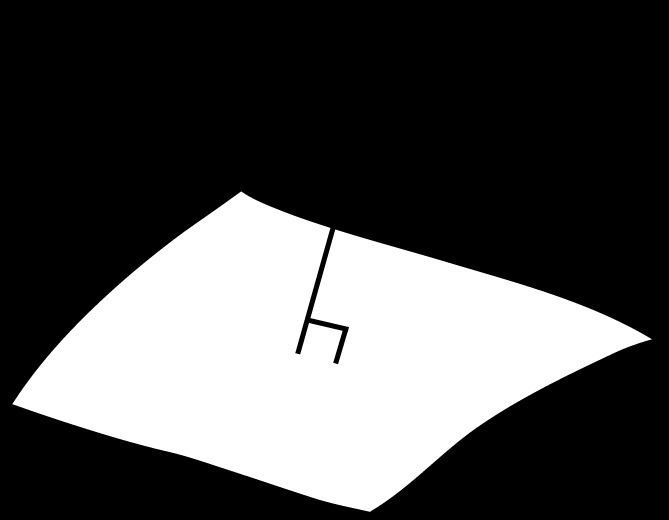 | ||
Heat flux or thermal flux is the rate of heat energy transfer through a given surface per unit time. The SI derived unit of heat rate is joule per second, or watt. Heat flux density is the heat rate per unit area. In SI units, heat flux density is measured in [W/m2]. The dimensional unit is
Contents
- Fouriers law
- Fouriers law in one dimension
- Multi dimensional extension
- Measuring heat flux
- Relevance to science and engineering
- References
Heat flux is often denoted
Fourier's law
For most solids in usual conditions, heat is transported mainly by conduction and the heat flux is adequately described by Fourier's law.
Fourier's law in one dimension
The heat flux associated with a temperature profile
The negative sign shows that heat flux moves from higher temperature regions to lower temperature regions.
Multi-dimensional extension
The multi-dimensional case is similar, the heat flux density goes "down" the temperature gradient hence the negative sign:
where
Measuring heat flux
The measurement of heat flux is most often done by measuring a temperature difference over a piece of material with known thermal conductivity. This method is analogous to a standard way to measure an electric current, where one measures the voltage drop over a known resistor.
Relevance to science and engineering
One of the tools in a scientist's or engineer's toolbox is the energy balance. Such a balance can be set up for any physical system, from chemical reactors to living organisms, and generally takes the following form
where the three
Now, if the only way the system exchanges energy with its surroundings is through heat transfer, the heat rate can be used to calculate the energy balance, since
where we have integrated the heat flux density
In real-world applications one cannot know the exact heat flux at every point on the surface, but approximation schemes can be used to calculate the integral, for example Monte Carlo integration.
